ABERGAVENNY Bowls Club was founded at the Great Western Hotel in 1860, the first known photograph of the club hangs in the clubhouse alongside the names and occupations of 20 members, and an unnamed young man on the flank.
On the far left in the front row of the picture is Abergavenny Chronicle founder Edwin Morgan.
In the background can be seen part of the Railway Station building and the slopes of the Little Skirrid.
Bowls, alongside archery, is said to be the oldest of British outdoor pastimes. Yet in its early years this most refined of games was subject to repressive legislation because the frequent association of bowling greens with taverns encouraged the association of gamesters and others of dissolute character.
It was Great Britain’s taverns and inns which saw the game flourish, as the greens were often seen as a pulling point for thirsty punters.
And of course, Abergavenny was no exception. There used to be piece of land behind the Great Western Hotel on which a bowling green was laid out. It was improved and enlarged by the hotelier Mr James Howard, at his own expense, and because of its location the club was sometimes called Little Skirrid Green Club.
The Chronicle’s founder Edwin Morgan was the first President of the club after it was officially reorganised and recognised as the Abergavenny Bowls Club in 1878. In 1882 he handed over the office to F.C. Hanbury Williams whilst stating “new blood was now needed to guide the club.”
In the late 1890s interest in the club appeared to wane and many believe 1895 was the year in which the club ceased to meet at the Great Western Hotel ground.
The decline of interest in the game could be the lack of younger bowlers coming forward, but also because in 1896 the Abergavenny Cricket Club moved to its permanent home at Avenue Road and offered a rival attraction for those interested in summer games and an associated social life.
Yet help was at hand when the cricket club offered the bowling club a chance to re-establish itself at its present home at Avenue Road.
During subsequent seasons it is worth noting that several cricketers were to be found in the lists of bowls players from time to time and it would appear relations between the two clubs were most amicable.
The war in 1914 brought important changes to the Abergavenny Cricket Club. After much soul searching the club virtually closed down its sporting activities because so many of the playing members were with the Colours.
The bowling club was not affected in the same way. In those days young men were rarely seen on the green as serious players.
1921 and 1922 revealed an abysmally low quality of play in competitive games by the club. Leading F.H. Facey to comment at the Annual Dinner in the autumn of 1922, “If we did not win matches we were jolly good losers.”
This complacency was rudely shattered by the announcement of the Borough Council decision of December 18, 1922, to lay a bowling green and six tennis courts at Bailey Park. The club could not continue in its slapdash way and face defeat by an upstart rival in the town.
In the 1930s, there was a universal emphasis on competitive rather than social bowling, and Abergavenny’s fixture list was expanded and affiliation with the Monmouthshire Bowling Association took place.
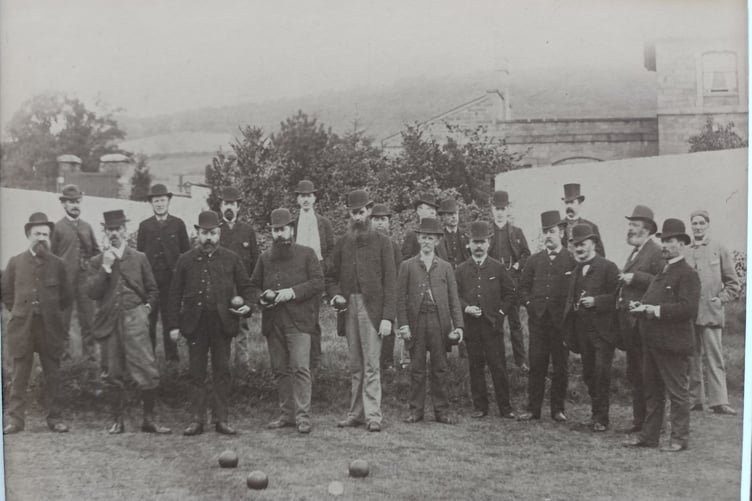
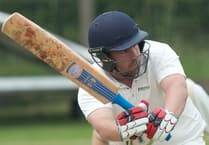
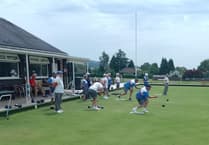
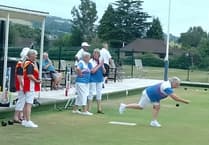
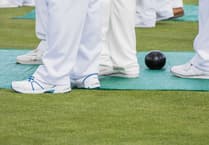
Comments
This article has no comments yet. Be the first to leave a comment.